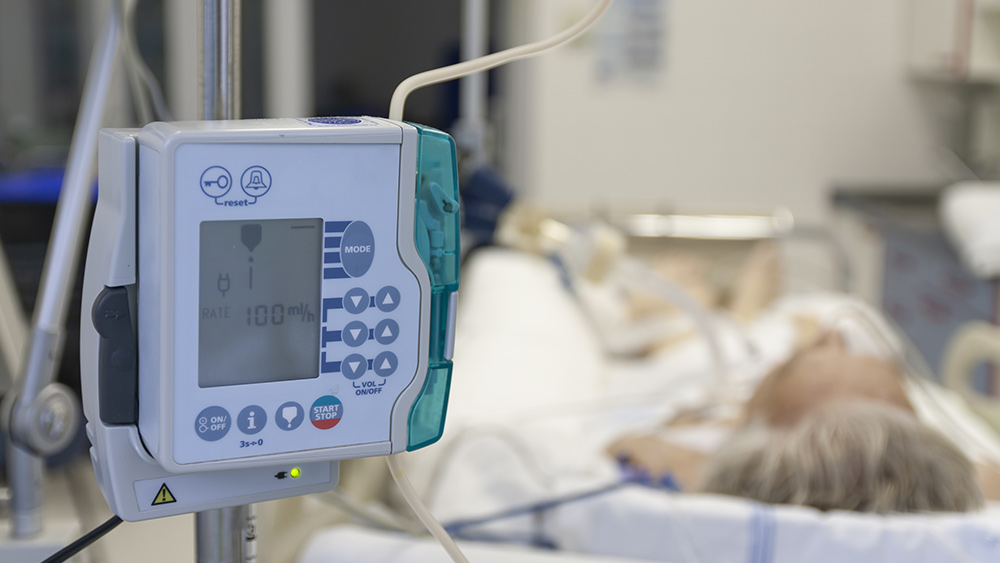
Advertisement
A strange phenomenon is occurring during the Wuhan coronavirus (COVID-19) pandemic that is demarcated by some children mysteriously going into hyperinflammatory shock.
A correspondence published in The Lancet explains that there has been an “unprecedented cluster” of eight children in the United Kingdom who have come down with the illness, which shows features similar to atypical Kawasaki disease, Kawasaki disease shock syndrome, or toxic shock syndrome.
With about two children per week reportedly coming down with associated symptoms in South East England, a national alert was recently issued to draw attention to these unusual occurrences.
While the disease itself is nothing new, the report in The Lancet says that so many children coming down with it in this relatively short period of time is atypical and worthy of further investigation.
All of these eight children, it explains, were fit and healthy prior to developing symptoms. Six of them are of Afro-Caribbean descent, and five of them are boys. All except for one is in the 75th percentile as far as weight.
Only four of them, however, had any known family exposure to the Wuhan coronavirus (COVID-19), which suggests that this sudden uptick may not be related to the virus at all, at least not directly.
Another factor that suggests the children’s symptoms probably are not virus-induced is that most of them showed no significant respiratory involvement, but rather things like rashes, conjunctivitis, and pain, particularly in the gastrointestinal tract.
All of the children tested negative for coronavirus, so what’s going on?
Interestingly, not a single one of these eight children tested positive for the Wuhan coronavirus (COVID-19) on bronchoalveolar lavage or nasopharyngeal aspirates. And only one child was found to have an adenovirus and enterovirus.
While the children did show evidence of some kind of infection or inflammation that included elevated concentrations of C-reactive protein, procalcitonin, ferritin, triglycerides, and D-dimers, there was no pathological organism identified in any of the other seven children.
Each of the children suffered various outcomes of their clinical manifestations, including one child who died from a large cerebrovascular infarct after developing arrhythmia and refractory shock. And oddly enough, two of the remaining kids did test positive for the Wuhan coronavirus (COVID-19) after being released from pediatric intensive care units (PICUs).
In the correspondence, no conclusions were made as to what can really be done about any of this other than to implement what is described as multispecialty input, meaning a combination of intensive care, cardiology, infectious diseases, immunology, and rheumatology. This approach aims to provide the best level of care for a multi-faceted expression of symptoms.
“The intention of this Correspondence is to bring this subset of children to the attention of the wider paediatric community and to optimise early recognition and management,” it explains.
“As this Correspondence goes to press, 1 week after the initial submission, the Evelina London Children’s Hospital paediatric intensive care unit has managed more than 20 children with similar clinical presentation, the first ten of whom tested positive for antibody (including the original eight children in the cohort described above).”
A similar phenomenon has been reported in New York City where more than a dozen children have had to be treated for mysterious symptoms including inflammation of the blood vessels.
Doctors say they do not know what is causing these symptoms, though they, too, have been linked to possible Kawasaki disease. As of the time when that story was reported, no children had died from the symptoms.
How all of this might relate to the Wuhan coronavirus (COVID-19) remains unknown at this point in time.
For more related news about strange occurrences happening during the Wuhan coronavirus (COVID-19) pandemic, be sure to check out Pandemic.news.
Sources for this article include:
Advertisement
Advertisements
















